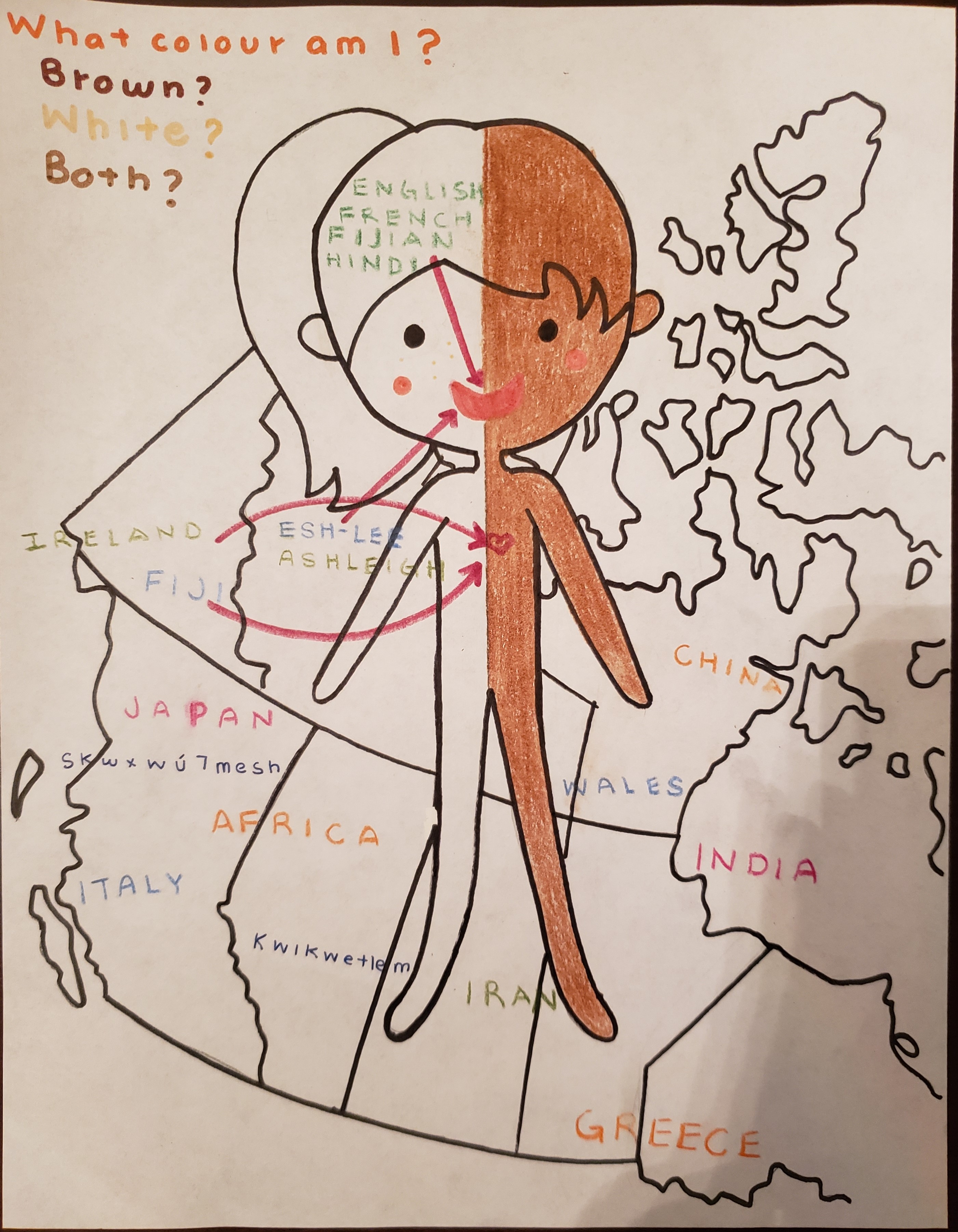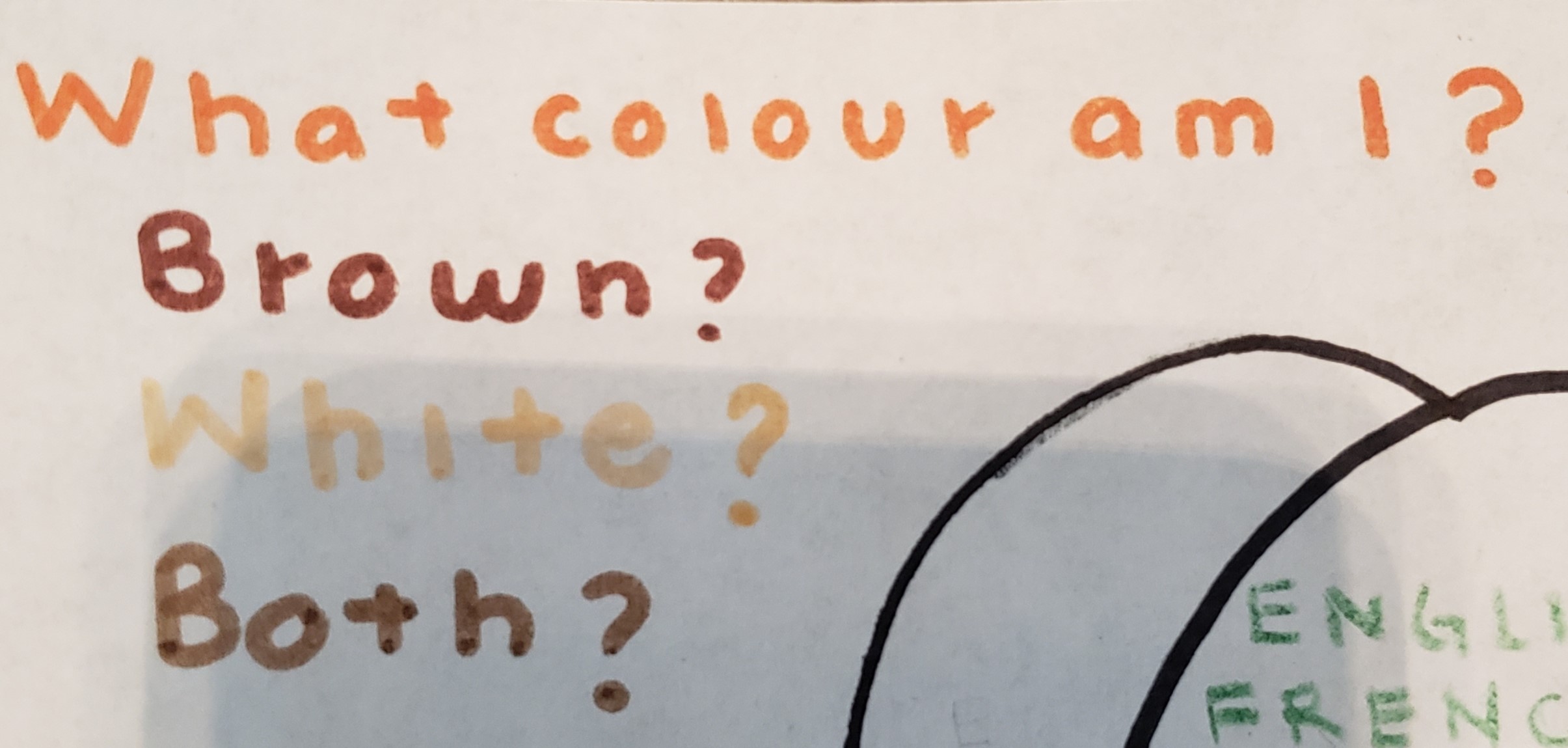Reflecting on English as Additional Language Peer Educator Training

Hi there!
My name is Ashley Kyne and I am an EAL (English as Additional Language) Peer Educator. This is my first semester being part of the peer education team and I have been enjoying every moment of it. When I first began meeting with my conversation partners, they would always ask, “what made you become an EAL peer educator?” Thinking about my own family, in particular, my grandmother, I would answer back, “because I have seen what it is like for individuals to struggle with the English language.” You see, my mother's family are from Fiji, and although they could comprehend English, they could not understand it as most Euro-Canadians did. Sometimes, the failure to understand a certain language can discourage you from learning. Be that as it may, I like to explain to my conversation partners that everyone learns at their own pace, and that is okay.
During the peer education training, I was introduced to two ways of thinking that are important in how we interact with people who speak English as an additional language, and the English language as a discourse. First, was Dr. Ena Lee’s presentation, “Problematizing ‘Commonsense’ Discourses of EAL (English as an Additional Language).” Second was an exercise called “My Plurilingual Identity.”
Problematizing "Commonsense" Discourses of EAL (English as an Additional Language): A talk by Dr. Ena Lee
Dr. Lee's presentation addressed my questions about how someone who has grown up speaking English should interact with someone who is learning English as an additional language. Some common mistakes are to speak loudly, enunciate each word in the sentence carefully, or speak VERY slowly. However, these approaches are not effective. Despite what we may believe, this does not increase comprehension of English, it only causes an individual to feel unintelligent. Interestingly, this idea relates to what Dr. Lee suggests is the discourse of “schooltalk,” and the common sense discourse of folk views. Dr. Lee explained that folk views are everyday beliefs that people have about a certain topic. In addition, Dr. Lee argues that “schooltalk” pertains to how we use language in schools, how this language contributes to our school culture, and how this language generates students’, teachers', and administrators' perceptions of learning. The common mistakes mentioned above arise from folk linguistic discourses and prompt individuals to feel as if there is a single way to speak or write in English.
In my own experience, I notice that the folk linguistic discourse pertaining to English plays a large role in the way schools function, how people teach, and what they teach. For instance, there can be conflicts between how your teacher assistant (TA) expects you to write and what you intended to follow in the syllabus. The conflicting expectations from the TA and what you had planned indicate that you both have different views of English communication. As a consequence, you may feel that your TA is reviewing your writing in terms of their understanding, thus discounting other possible suggestions. While some TAs may provide you feedback that suggests there is only one correct way to write in English, this may actually hinder the process of learning English.
Dr. Lee also mentioned six “‘common sense’ misunderstandings about EAL education.” For me, this brought things into perspective because these are some mistakes that I have fallen prey to. One misunderstanding is that an individual’s current language ability is reflective of their intellectual ability. Although English has taken a place of dominance in the world, and is often perceived to be a “superior language,” proficiency in English is not an effective way to measure a person intelligence. Another misunderstanding that has affected me personally is the belief that if you speak and write in English, you can teach others the language. Before I participated in the peer education training, I had the impression that because I was born in Canada and English was my first language, I would have an easier time helping others. If we fast-forward to this week, I can tell you that this is not true. I sometimes have difficulties explaining the definition of a word, or using the correct past tense and participles of, for example, “saw” or “seen.” This is the ultimate idea though, having more familiarity with the English language does not change the fact that we make mistakes. I think we sometimes forget that we are all English learners. This is true for me when I took statistics and was introduced to the term “regression.” This is not a common word in everyday conversation, however, it was a word in English that I learned.
The following is the full list of Dr. Ena Lee’s six “‘common sense' misunderstandings about EAL education,” published with her permission. While these six folk linguistics beliefs are often present in “schooltalk,” Dr. Lee dispelled these common misunderstandings using research from the applied linguistics literature:
- A language learner’s linguistic production is reflective of their intellectual ability.
- A language learner's ability to converse (speaking/listening) in English is commensurate with their ability to read/write in the language.
- “English Only” environments provide the most effective contexts for learning English.
- If you speak/write a language (e.g., English), you can teach the language to a language learner.
- Focusing on grammar instruction and grammatical accuracy is the most important factor for language learners’ success in university.
- English language education is a neutral endeavour.
My Plurilingual Identity
The final component of my peer education training was participating in the exercise “My Plurilingual Identity.” This activity was led by Dr. Tim Mossman and Koichi Haseyama. Unlike most training curricula that I have experienced, this exercise was a creative way to raise awareness about other cultures and facilitate discussion. In the exercise, we were asked to ponder the question, “what does a plurilingual identity mean?” In my opinion, it means being exposed to various languages and cultures.
I began the exercise by drawing an outline of my body. On the various parts of my body, I placed the languages and cultures that I have been exposed to or intend to learn. I even went as far as drawing the land we now know as Canada, to represent the many (albeit, not all) cultures and languages that I have encountered here.

Because my parents are an inter-racial couple, I struggled with my identity. I was exposed to two languages–English and Hindi–and had parents with clearly different skin tones. Thus, five-year-old Ashley made it her mission to sit her parents down and ask them, “what colour am I?”
Astounded by what I had just asked, they answered back with a question, “well, what

Although I was reluctant to share something personal–and, of course, my mediocre artistry–I think my drawing parallels with Dr. Lee’s presentation. More specifically, being introduced to other cultures has allowed me to embrace my plurilingual identity and remain receptive to diverse language learning needs.
Further information
For more information, please refer to:
- Dr. Lee’s Presentation: https://www.youtube.com/watch?v=nrGXCtmOsdg
- My Plurilingual Identity: https://www.breakingtheinvisiblewall.com/task-2
Image credits:
- Plurilingual Identity drawing - Ashley K.
- Citizens icon by Adrien Coquet from the Noun Project

